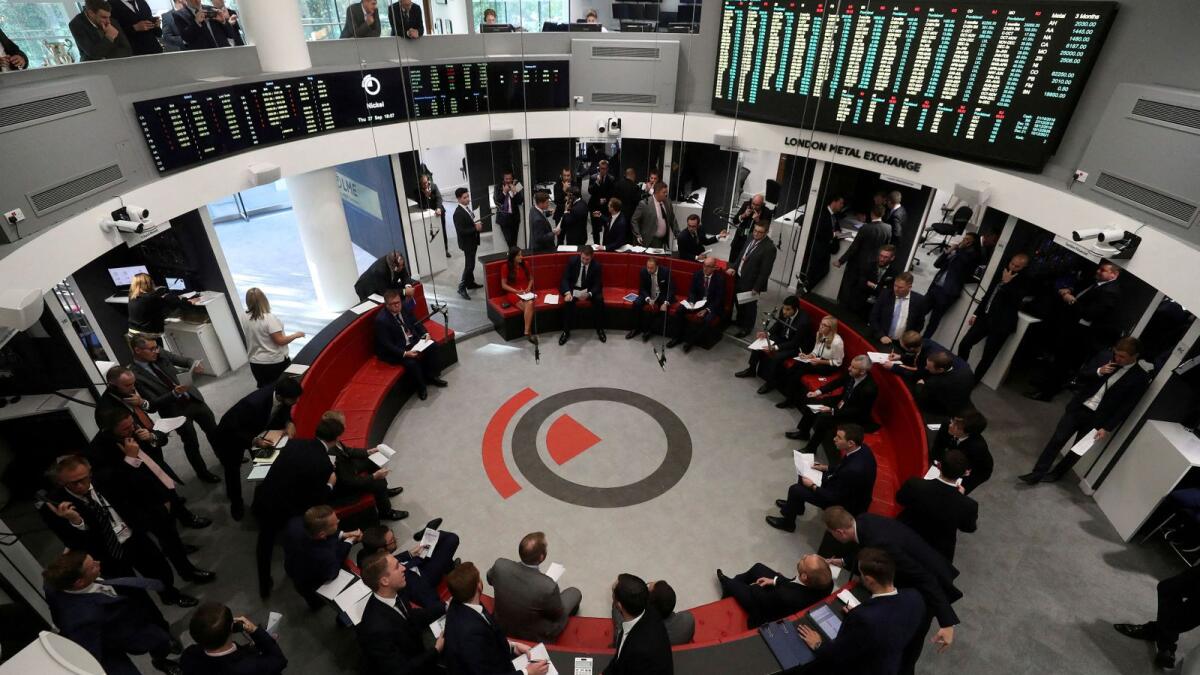The London Metal Exchange is facing challenges in dominating trade in metals used for EV batteries such as lithium and cobalt as other exchanges are gaining momentum. The LME, known for industrial metals like copper and aluminium, has seen a shift from fixed-price contracts to futures, but its complex structure and marketing have led to limited interest in its battery metals futures. This may cause the exchange to miss out on significant growth in the future unless it can attract traders to its contracts for materials crucial for the energy transition.
In comparison to the LME, the US CME Group has taken the lead in lithium and cobalt volumes among Western exchanges. The surge in volumes of CME’s lithium hydroxide contract highlights the lack of trading activity in the LME’s contract. Similarly, the Guangzhou Futures Exchange in China has seen substantial growth in its lithium carbonate futures. However, barriers exist for foreign participation in this exchange, creating opportunities for other exchanges to dominate the market.
Lack of liquidity on the LME can be attributed in part to its complex structure, according to LME Chief Executive Matthew Chamberlain. Unlike most futures exchanges with a single monthly expiry date, the LME allows daily trading for users to tailor their deals. To address this issue, the LME unveiled proposed measures to boost electronic trading and liquidity, while also announcing fee waivers for cobalt and lithium to attract more activity. Despite these efforts, the exchange continues to lag behind competitors in volume and market dominance.
The future potential for lithium trading resembles that of iron ore, which shifted from fixed-price annual contracts to futures, leading to massive volumes. Analysts believe that lithium has similar potential once volatility subsides, and major companies become more comfortable with using futures markets. Despite past price fluctuations driven by supply and demand dynamics, lithium hedging is expected to triple by 2030, with increased participation from miners and EV makers in the upcoming years. Cobalt, a smaller market than lithium, also presents opportunities for growth in futures trading.
While the LME has shown increased volumes in cobalt this year, it still trails behind the CME in trading activity. The responsible sourcing guidelines of the LME have attracted some interest to its cobalt contracts, leading to modest growth. Warehouse deliveries based on physically-based cobalt contracts have also helped absorb some oversupply in the market. More cobalt brands are expected to apply for listing on the LME, which could enhance liquidity and competitiveness in the market. Overall, the LME faces challenges in establishing dominance in the emerging EV battery metals trading landscape, with other exchanges taking the lead in capturing market share and trading volumes.









